During my six years as a travel writer in Paraguay, I made a point of asking every foreigner I met what brought them to the country. The overwhelming answer was curiosity about a place rarely mentioned in guidebooks or travel forums. Founded by the Spanish in 1537, Asuncion was the departure point for expeditions that led to the creation of over 70 colonial cities. Today, the “Mother of Cities” continues to reward those with a spirit of adventure and willingness to go with the flow. Asuncion still requires a little more legwork from visitors than more touristy destinations, but the extra effort will reward you. This verdant city is an ideal place to slow down and truly engage with locals, many of whom are eager to share their culture and traditions.
1. Paraguayans love foreign visitors. Paraguay has only recently become more accessible to tourists and, even so, it is hardly a fixture on the Latin America circuit. Rather than actively avoid tourists, many locals regard them as a curiosity. Most will ask, “Why did you come to Paraguay?” More important, they will want to know if you like it—(Te hallas aquí?) Be ready with “Rohayhu Paraguay” (I love Paraguay), and you’ll make their day.
2. Relations with the neighbors are testy. Paraguayans have long felt bullied by neighboring Argentina and Brazil. The resentment has its roots in the Triple Alliance War (1864–70), during which Argentina, Brazil, and Uruguay formed a united front against Paraguay, almost wiping the country off the map. Today, Paraguayans complain that Brazilian soy and cattle farmers are colonizing large swaths of the country, destroying the natural habitat, mistreating locals, and not paying taxes. In addition, most locals consider the treaties dictating the price Paraguay receives for power generated by the Itaipú and Yacyretá hydroelectric dams (in cooperation with Brazil and Argentina, respectively) to be unfair. If you’re looking for a long conversation, ask a local how he or she feels about either country.
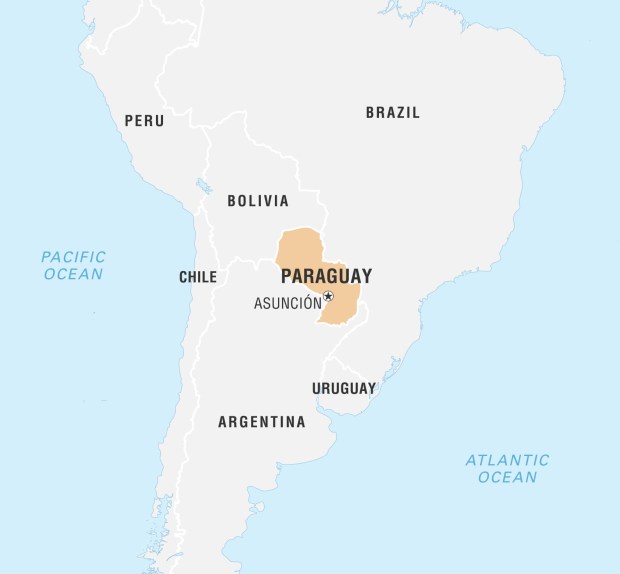
3. Learn some Guaraní. Nine out of 10 Paraguayans speak Guaraní, an indigenous language, and Spanish. Guaraní was long considered a second-class language, but in 1992 it was elevated to the status of official state language (alongside Spanish), and it is now taught in all public schools. Paraguayans are immensely proud of their Guaraní heritage and have a soft spot for foreigners who learn even a few words of the language.
4. But don’t sweat mastering full sentences. Spanish and Guaraní are often intermingled, even within the same sentence. This mashup is known as Jopará, which means “mix” in Guaraní. In working-class and rural areas, Jopará contains more Guaraní than Spanish. However, certain Guaraní words are ubiquitous even among predominantly Spanish-speaking upper classes. A well-placed ndaipori problema (no problem) or graciamante (thank you) will get locals smiling and open the door to learning more complex phrases (and plenty of colorful curses).
5. Master the thumbs-up. Even if you can’t commit any Guaraní words to memory, you can still show locals your appreciation for their city with an unironic thumbs-up. This popular gesture embodies the Paraguayans’ tranquilo pa (it’s all good) attitude, even in the face of major challenges.
6. Appearances are deceiving. Asuncion does not run on tourism, and there are few businesses catering specifically to foreign visitors. Bathrooms are generally underwhelming, and it is almost impossible to take photos of any landmark in the city without a bird’s nest of electrical wiring ruining your shot. Some of the best places are the most worn precisely because they’ve been popular with locals year after year. Case in point, the ever-popular Lido Bar diner on Calle Palma, which has been serving up delicious plates of Paraguayan food since 1953. The decor is retro simply because it has never been updated. None of the locals who slurp down bowl after bowl of fish soup mind, nor should you.
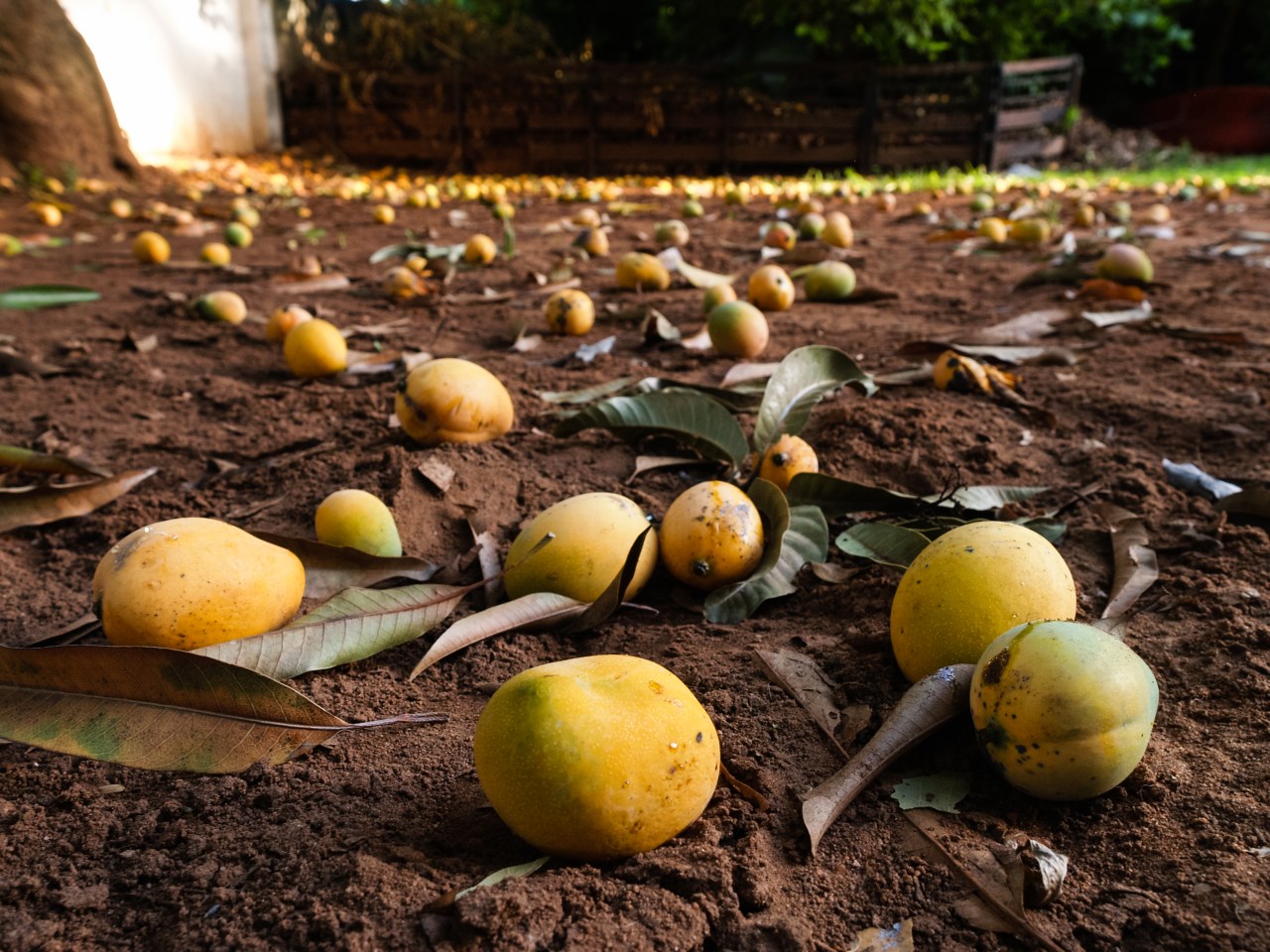
7. Mangoes are free. In the summer, mangoes are so abundant that stores don’t bother to sell them. Ripe mangoes fall to the sidewalks, quickly rotting in the summer sun. In 2017, the city started deploying Mango Móvil trucks to collect the fallen fruit. Feel free to pick any low-hanging mangoes throughout the city; the neighbors will thank you.
8. Winter is bubble gum pink. Winter brings cloudy skies, but things are anything but gloomy, thanks to the lapacho trees bursting with bright pink flowers. Pink lapacho flowers slowly fluttering to the ground make a great backdrop for a romantic travel moment or, at the very least, a nice selfie. If you’re looking for a photographic challenge, head out in search of the rarer yellow or white lapachos.
9. Drink tereré. Asuncion is powered by yerba mate, the energizing loose leaf tea consumed in massive quantities throughout Paraguay. Because of the city’s subtropical climate, the most popular yerba-mate-based drink is ice-cold tereré. Tereré is prepared by pouring ice water flavored with macerated herbs into a guampa (cup) of loose yerba mate and then sipping it through a bombilla (metal filter straw). Buy your own equipo de tereré (a thermos, guampa, and bombilla set) or rent one, along with a yerba mate and a pitcher of water, from tereré stands in the Plaza de la Libertad.
10. Sharing is caring. To some, the main deterrent to drinking tereré is that the bombilla and guampa are shared among several people. This is a real, though generally ignored, concern. The easiest way to participate in the camaraderie of a tereré circle without sharing germs is to offer to serve, or cebar, the tereré.
11. There is a yuyo for everything that ails you. All over the city, vendors pile tables high with bundles of herbs known as yuyos in Spanish and poha ñana in Guaraní. Paraguayans add them to tereré for their flavor and medicinal qualities. There is a cure for everything, from stomachaches to raging hangovers. Your selection will be mashed together in a large wooden mortar and pestle and then placed directly in your thermos or into a small plastic to-go bag.
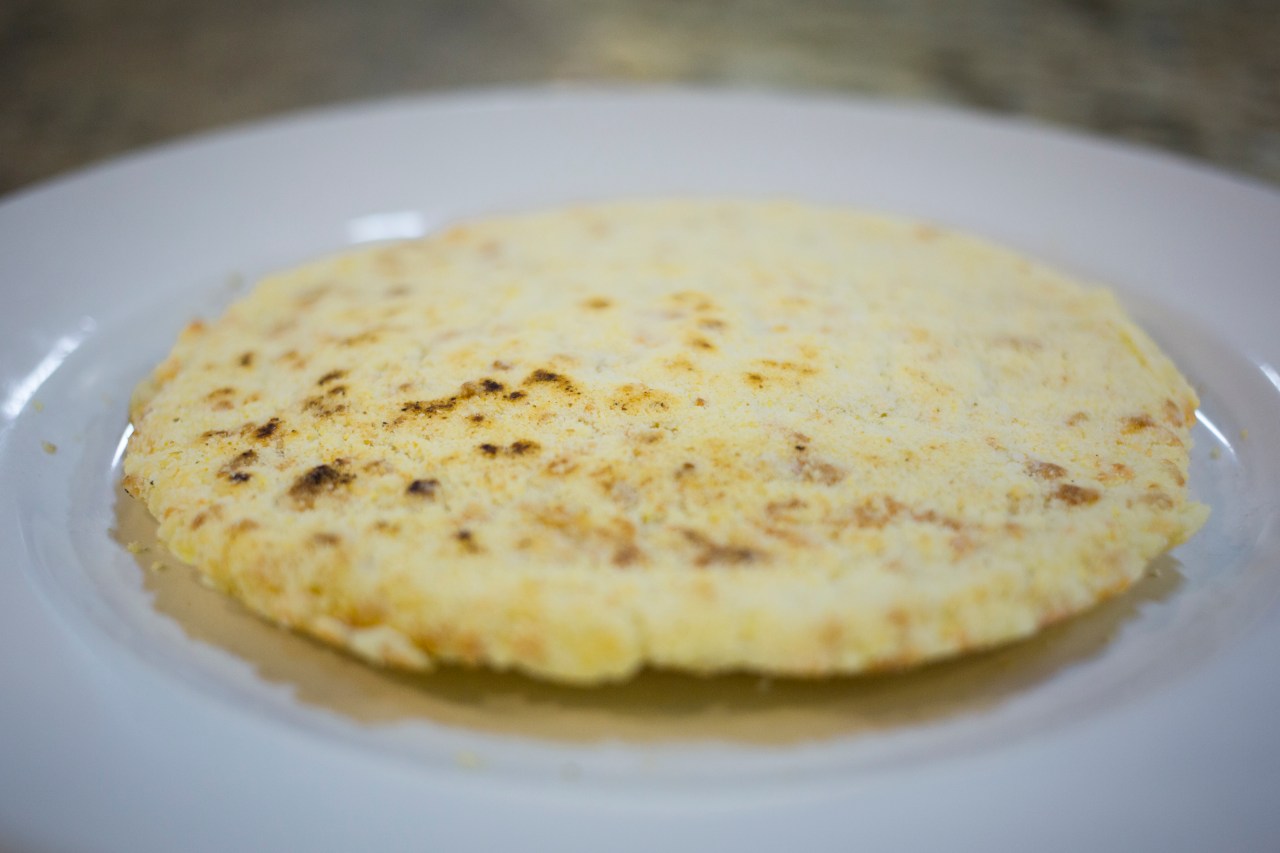
12. Paraguayans have a complicated relationship with their authoritarian past. Latin America’s longest-ruling dictator, Gen. Alfredo Stroessner, ruled Paraguay with an iron fist from the moment he seized power in 1954 until he was deposed in 1989. During the dictatorship, suspected subversives were tortured in clandestine detention centers, one of which has been converted into the Museo de las Memorias (Museum of Memories). However, many consider the dictatorship a golden age of prosperity. Infrastructure projects like the construction of the Itaipu hydroelectric dam brought jobs, along with opportunities for those in the ruling Colorado Party to enrich themselves through graft.
13. Learn to feed the chicken. Everyone understands the high five, but here people prefer an emongarú. Extend your hand with fingers and thumb pressed together, facing downward while saying “Emongarú.” The recipient will extend his or her hand in the same fashion but with fingers pointed upward. Once your fingers touch, the emongarú is complete. The word means “feed” in Guaraní, and the motion is meant to resemble a hen feeding its chick.
14. You’ve never had a tortilla like this before. Paraguayan tortillas are doughy fritters of goodness made with flour, eggs, milk, cheese, and leafy greens. The epitome of Paraguayan comfort food, tortillas are often accompanied by a steaming bowl of soup or eaten on their own as pre-tereré snack known as a tereré rupa (bed for tereré).
15. Asuncion is becoming reacquainted with its waterfront. Since its founding, Asuncion has had an on-again, off-again relationship with its waterfront. There have been parks, European-inspired gardens, and even a giant water slide in the 1970s, but rising waters were always a logistical challenge. After several false starts, the riverfront revitalization project, known as La Costanera, broke ground in 2010. The project has brought life to the city center, giving Asunceños a chance to relax outdoors without having to head to the countryside.
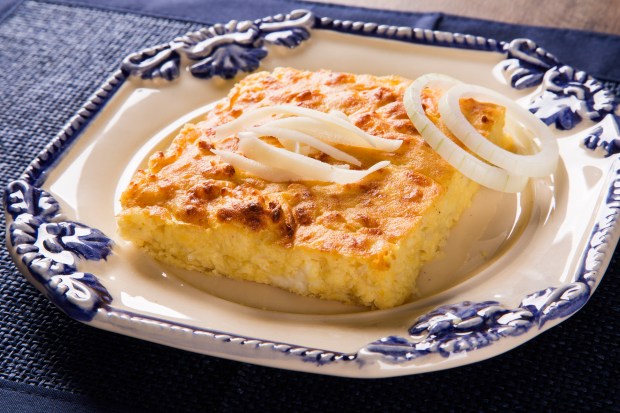
16. Bring pristine dollar bills. Money changers are notoriously picky about which U.S. bills they accept, as are immigration officials selling arrival visas at the airport. Anything slightly marked or torn will be rejected (as will $100 bills with serial numbers beginning with CB or D).
17. Asunceños are hypersocial. Any excuse for a get-together is a valid one. Coffeeshops are taken over by birthday parties and baby showers every afternoon. Bars fill up at happy hour. Serious partying begins after 11 p.m. Show up to a club earlier only if you want to relive high school levels of awkwardness. No money? No problem. Hanging out at a gas station drinking beers and blasting reggaeton is the preferred way to party for Asunceños with cash flow issues.
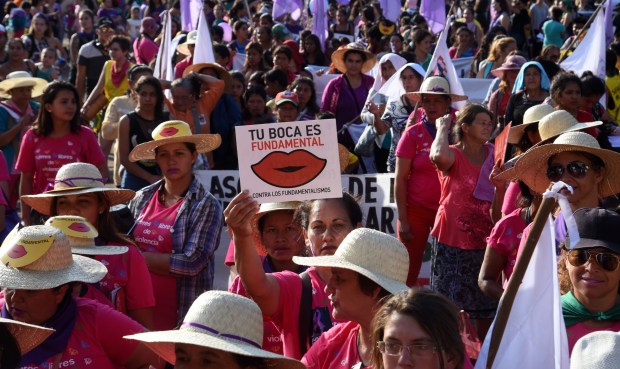
18. Protest. Whereas past generations might have been willing (or forced) to look the other way, today’s Asunceños are not afraid to challenge corruption head-on. The past decade has seen an uptick in the public shaming (escraches) of corrupt politicians and government employees. These have come complete with catchy nicknames like el caso de la niñera de oro (the case of the golden nanny) and viral hashtags, resulted in massive protests and ultimately forced offenders to step down.
19. Eat “soup” with your hands. Sopa paraguaya is a classic dish made with corn flour, eggs, cheese, and a pinch of aniseed. Paraguayans will delight in explaining that, even though sopa means “soup” in Spanish, sopa paraguaya is solid. You’ll tire of this corny joke long before you tire of the dish itself.
20. Asuncion is in the middle of a major makeover. Over the past decade, investors fleeing collapsing economies in neighboring Argentina and Brazil have flooded Asuncion with money (some legal, some laundered) to construct fancy malls and shiny buildings. In addition, infrastructure projects like the Costanera and the Metrobus seek to fix the city’s congestion problem by creating alternate entry points to downtown and streamlining bus routes for those commuting from satellite cities.